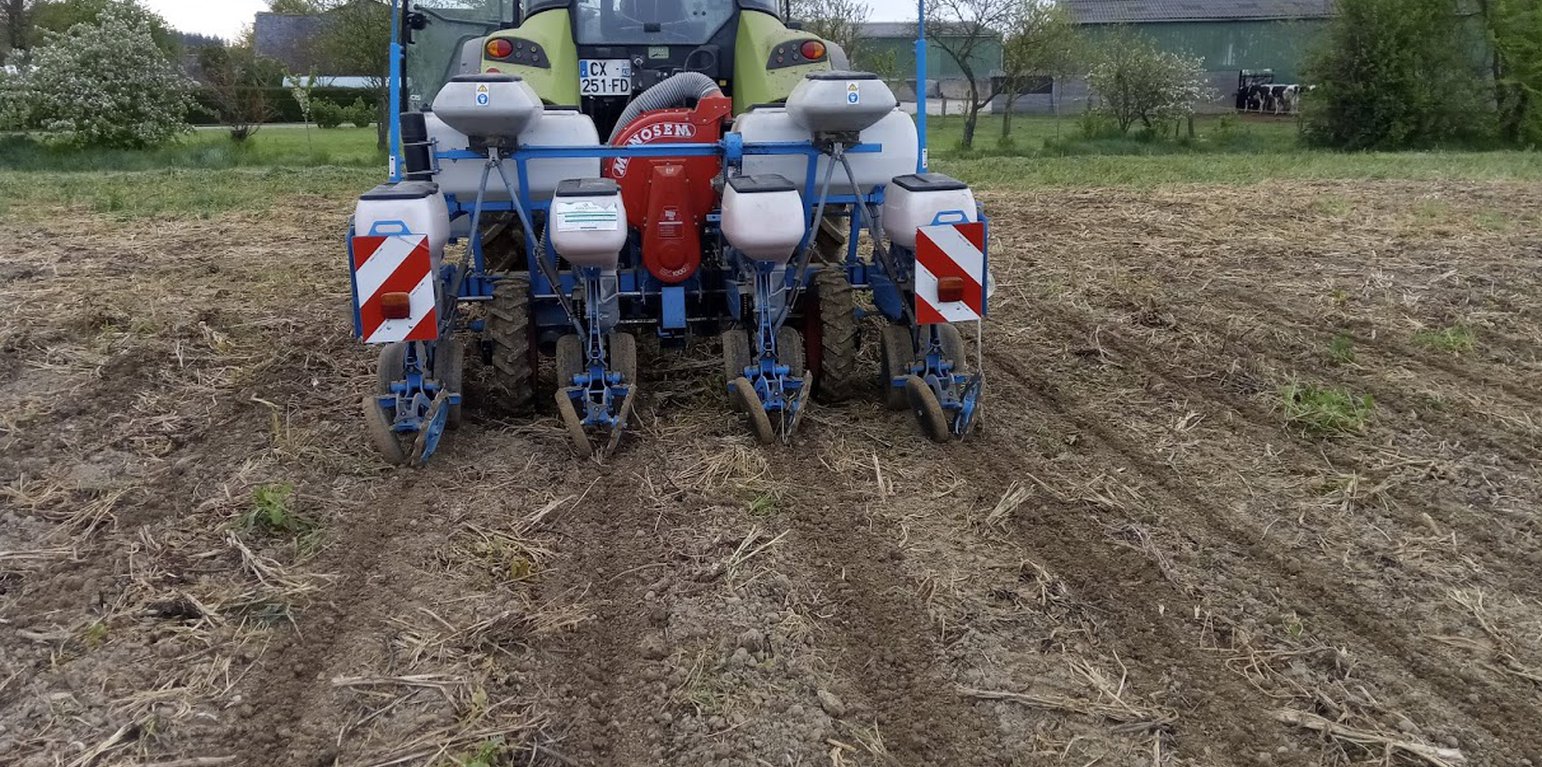



The region of Pays de Loire in Western France has a temperate climate with warm summers and mild winters. The region has many rural areas, dedicated mostly to agriculture, with large economic centres and conurbations (e.g. the Nantes area). The strip till technology is applied to te same area on a dairy farm in Pays de Loire (La Pouëze), which implements a form of conservation agriculture. Fields have not been ploughed for 9 years, and direct seeding of cover crops (i.e. clover seeded cover for green mulch, weed control and nitrogen fixation) and winter crops (economic cash crop) has been used for 4 years. Crop rotation is practiced on a 2 year rotation between spring maize and winter wheat.
Strip till is a conservation system that uses minimum tillage. It combines the soil drying and warming benefits of conventional tillage with the soil-protecting advantages of no-till by disturbing only the portion of the soil that is to be seeded. Strip till has been developed as an alternative to conventional tillage to prepare the soil before planting maize. It targets tillage on the line to be seeded: on 10 to 20 cm wide strips, at a depth of 10 to 30 cm. Strip till is harder to use in clayey and lumpy soil.
Strip till protects roots and facilitates crop establishment by creating higher soil porosity and seed line warming. As strip till does not disturb the inter-row, soil disturbance is minimized leading to:
-Improved production
-Reduced land degradation
-Beneficial economic impact
Initial investment costs are limited to purchasing the specialised strip till machine, which is about Euro 14,000. Benefits of strip till include:
- Increased: crop production, farm income, water drainage, nutrient cycling, soil organic matter carbon, vegetation cover, beneficial soil species, and habitat diversity
- Reduced: risk of production failure, workload/time, fuel, surface water runoff, evaporation, soil crusting, soil compaction, impact on soil life, and weed emergence
The compilation of this SLM is a part of the European Interreg project FABulous Farmers which aims to reduce the reliance on external inputs by encouraging the use of methods and interventions that increase the farm’s Functional AgroBiodiversity (FAB). Visit www.fabulousfarmers.eu and www.nweurope.eu/Fabulous-Farmers for more information.
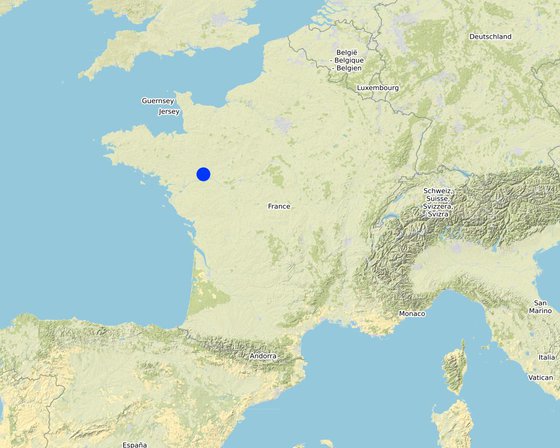
Location: La Pouëze, Pays de Loire, France
No. of Technology sites analysed: single site
Spread of the Technology: evenly spread over an area (0.3 km²)
In a permanently protected area?: Nee
Date of implementation: 2015
Type of introduction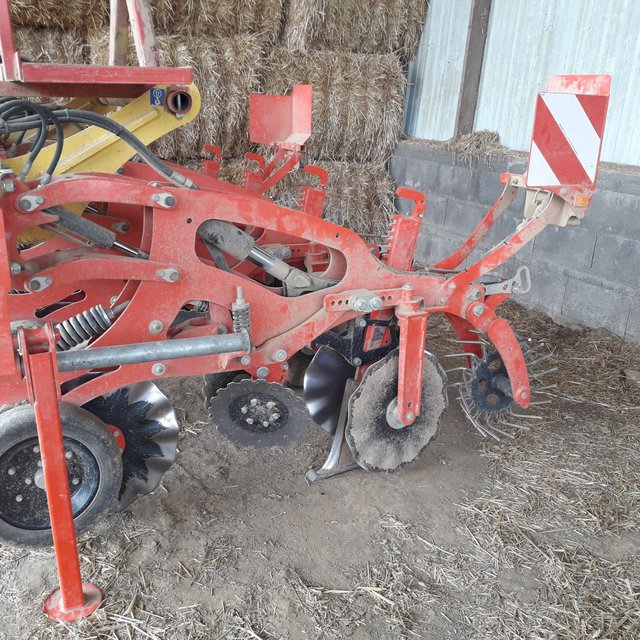
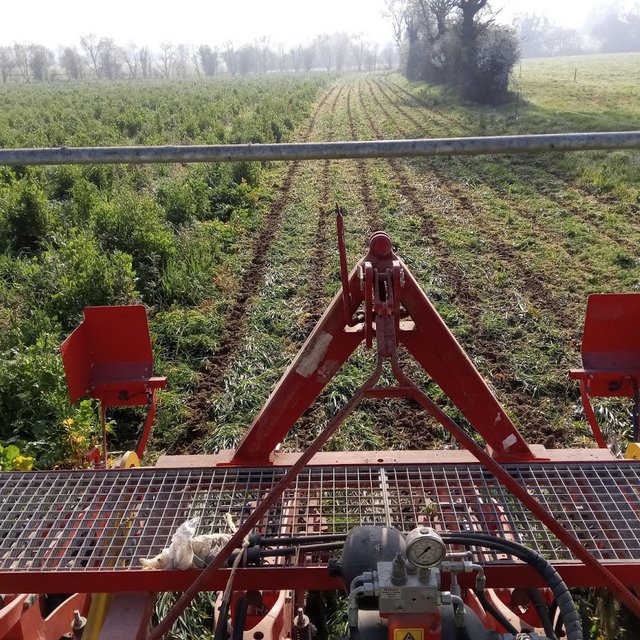






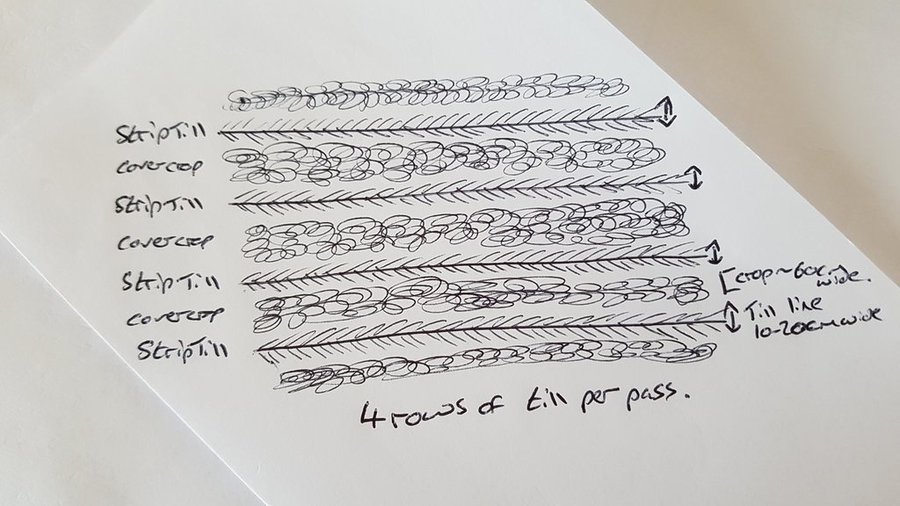
| Specify input | Unit | Quantity | Costs per Unit (€) | Total costs per input (€) | % of costs borne by land users |
| Labour | |||||
| Cover crop cutting | day | 1.0 | 120.0 | 120.0 | 100.0 |
| Strip till & seeding | day | 1.5 | 120.0 | 180.0 | 100.0 |
| Equipment | |||||
| Strip till | per till | 1.0 | 14000.0 | 14000.0 | 100.0 |
| Tractor (inc fuel) | day | 2.5 | 50.0 | 125.0 | 100.0 |
| Total costs for establishment of the Technology | 14'425.0 | ||||
| Total costs for establishment of the Technology in USD | 16'027.78 | ||||
| Specify input | Unit | Quantity | Costs per Unit (€) | Total costs per input (€) | % of costs borne by land users |
| Labour | |||||
| Cutting cover crop | day | 1.0 | 120.0 | 120.0 | 100.0 |
| Strip till & seeding | day | 1.5 | 120.0 | 180.0 | 100.0 |
| Equipment | |||||
| Strip till maintanance | per item | 1.0 | 100.0 | 100.0 | 100.0 |
| Tractor (inc fuel) | day | 2.5 | 50.0 | 125.0 | 100.0 |
| Total costs for maintenance of the Technology | 525.0 | ||||
| Total costs for maintenance of the Technology in USD | 583.33 | ||||
Efficiency increased in production due to benefit of quicker tillage and benefits of interseedin with cover crops.
No change in risk.
Reduced tillage reduces costs
Reduced costs leads to greater profit margin
Significant reduction in the frequency of tool changeover.
Due to reduced soil disturbance
Reduced passages across field, reduces compaction and improves soil water drainage.
reduced soil disturbance results in less evaporation
No change
Reduced disturbance and compaction improves soil cover
Reduced soil disturbance limits soil loss
Persistance of cover srop and reduced soil disturbance reduces soil cursting potential
Less passages across the field with less equipment use reduces compaction.
Reduced soil disturbance allows for improved organic matter development
Cover cropping persistence with inter-seeding in strips
Cover cropping persistence with inter-seeding in strips
Cover cropping mix encourages increased beneficial species
Cover cropping mix encourages increased habitat diversity